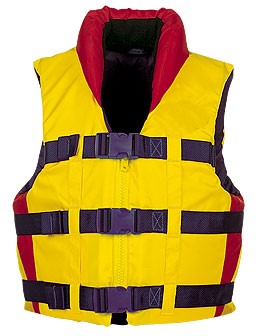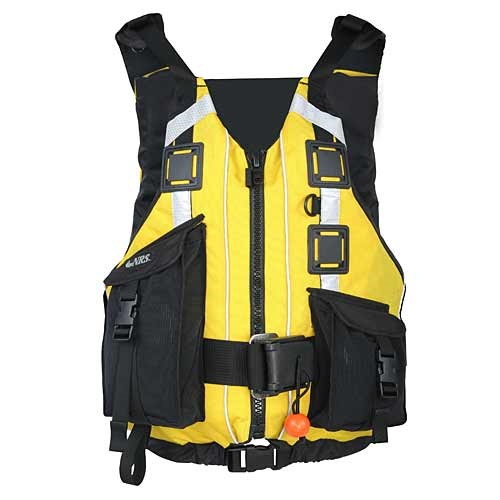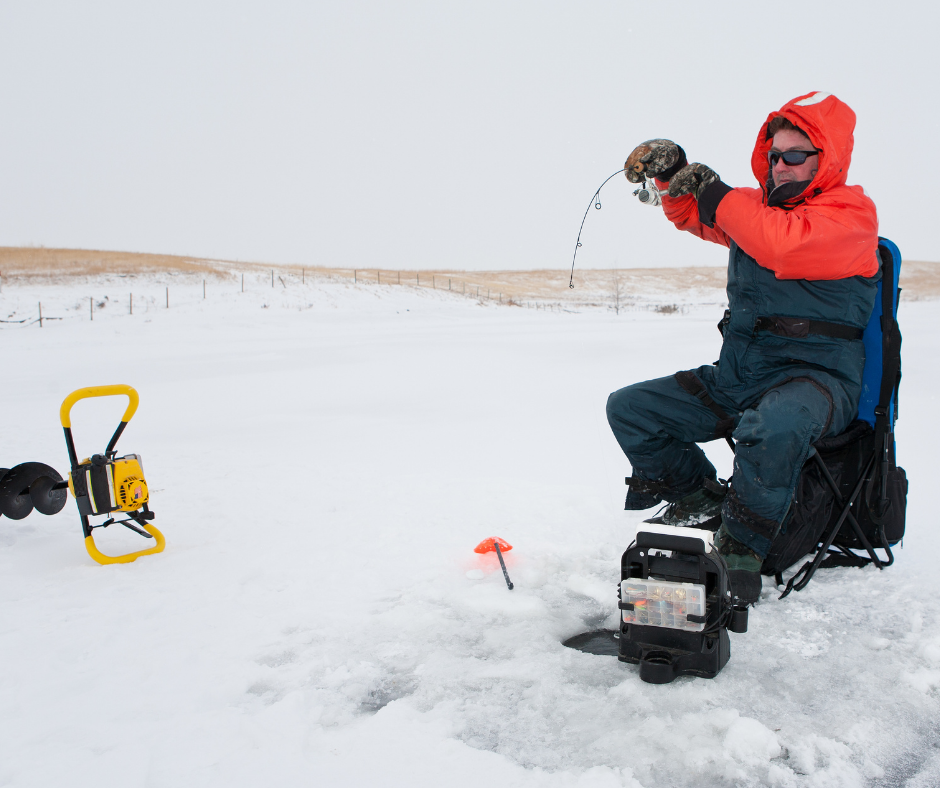Updated May 24th, 2023
Love your life jacket
Memorial Day is just around the corner, which means many people will be itching to get out on the water. No matter how experienced you are at paddling, you can take important actions to ensure you have a safe, fun experience on the water.
This week – National Safe Boating Week – we invite you to learn how to plan ahead, explore safety tips, find the best life jacket for yourself and family, and more.
Wear it
One of the most important things you can do to ensure you have a safe experience on the water is to wear a life jacket. Wear a properly fitted type 3 or type 5 lifejacket while in and on the water.

Type 3 life jackets (recreation): These life jackets are generally considered the most comfortable, with styles for different boating activities and sports. They are for use in calm water where there is good chance of fast rescue since they will generally not turn an unconscious person face-up. Flotation aids come in many sizes, styles and costs. Finding one that is comfortable is most important.

Type 5 life jackets (special use): Special use personal floatation devices (PFDs) include work vests, deck suits and hybrids. Hybrid vests contain some internal buoyancy and are inflatable to provide additional flotation. Some are inflatables and rescue vests. Specific-use vests require understanding and training on how to use them properly.
Other types of personal floatation devices include:
- Type 1: Offshore life jacket meant for extended survival in rough, open water.
- Type 2: This “classic horseshoe collar” life jacket comes in many sizes for kids through adults and is meant for calm, inland water where the chance of rescue is fast.
- Type 4: These throwable personal floatation devices are designed to rescue people in the water from shore to provide them floatation while in the water for short periods of time.
Find a good fit
It’s important to have a properly fitted life jacket when on the water. Outdoor recreation specialist Jordan Hart shows you different types of lifejackets and how to ensure they are properly fitted:
Working in pairs, have one person (A) stand behind the other person (B) and test the life jacket for proper fit. While person B puts his arms straight overhead (similar to a football referee signaling a touchdown), person A should grasp the tops of person B’s arm openings and gently pull up. Excess room above the arm openings and the life jacket “riding up” over the chin and face are signs of a bad fit. A snug fit in these areas represents a good fit.
A proper fit means once the life jacket is zippered and/or buckled, it should keep your head and upper shoulders above the water. If it fits too loosely, the flotation will push the jacket up around your face. If your life jacket is too small, it won’t keep your body afloat.
How to store your life jacket when not on the water
When not using your life jacket, store it in a readily accessible place away from sunlight and chemicals. Nylon and other synthetic materials used to make your life jacket will be harmed over time by ultra-violet radiation from the sun. Fabric that becomes discolored may indicate ultra-violet damage. In other words, do not leave your PFD hanging outside all summer exposed to the sun and expect it to be unharmed. Also, prolonged exposure to chemicals or exhaust fumes can attack the flotation’s foam.
Follow MetroParks’ outdoor recreation on Facebook for more fun tips on paddling and more.





